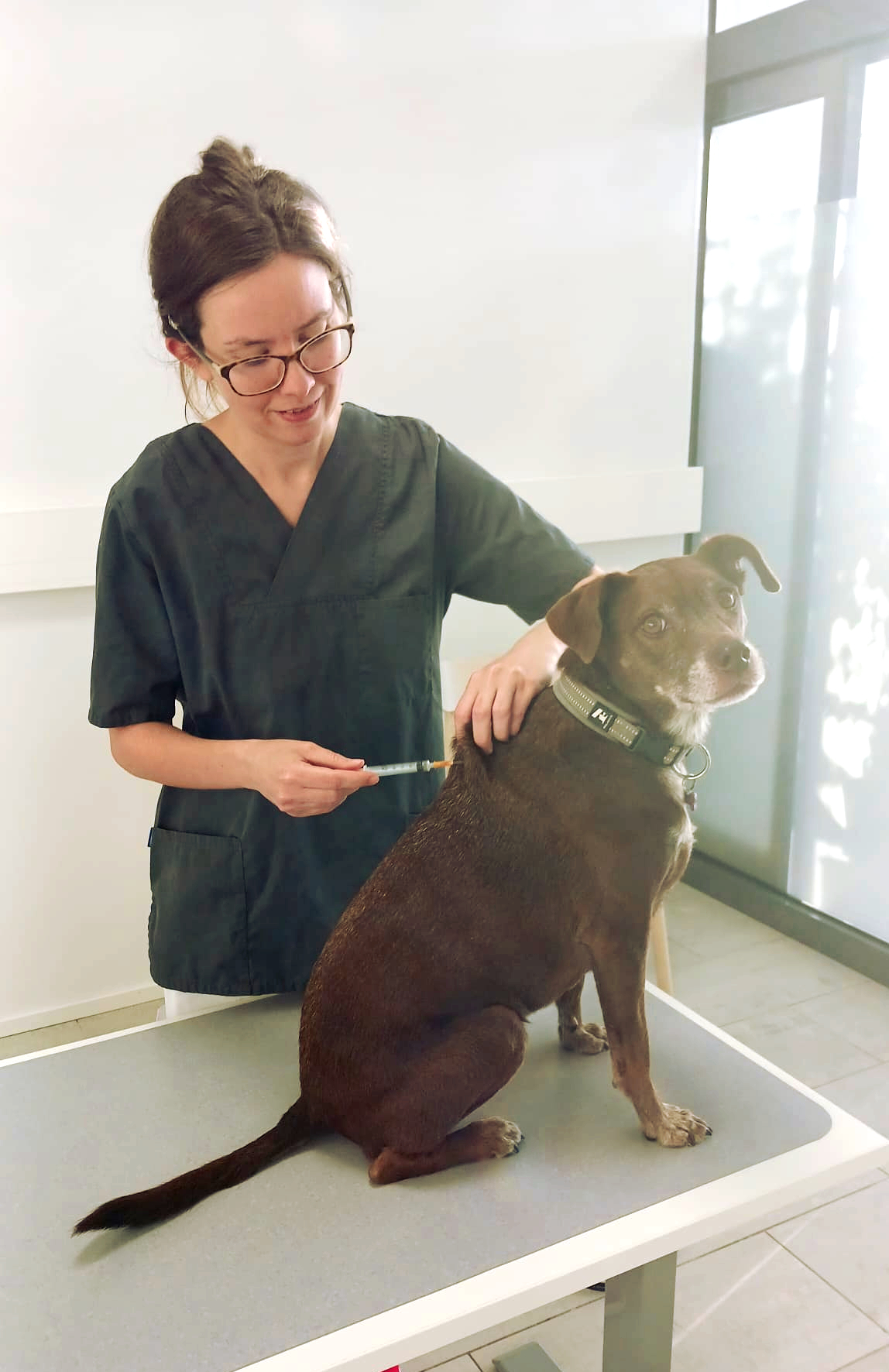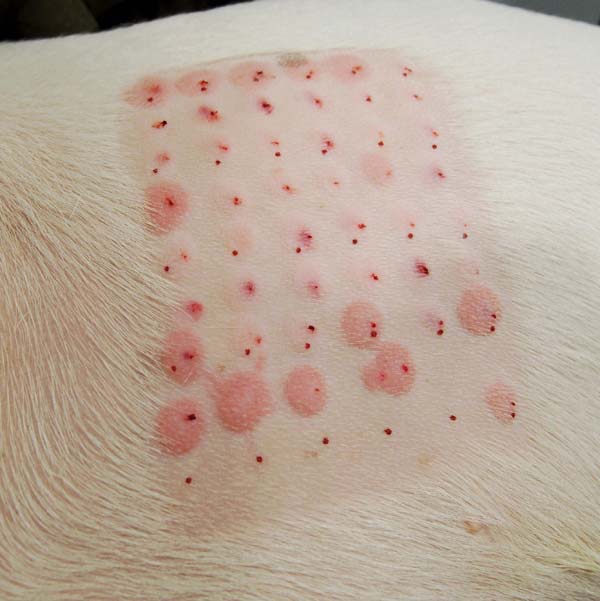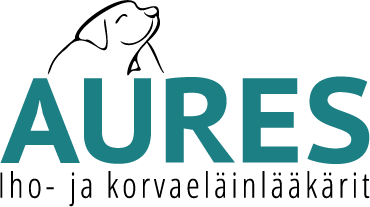Immunotherapy for pets
Atopic dermatitis can be treated with immunotherapy, drugs and supportive treatments. Immunotherapy is the only treatment that works against the immunological disease, medical therapy and supportive treatments only treat the symtoms. A rough estimate is that two out of three pets are helped by immunotherapy.
When a dog gets immunotherapy it receives what it is allergic to as injections or by mouth. The pet’s body slowly gets used to the allergen and will no longer get a such severe reaction when the allergen is encountered in the environment. The immunotherapy is always made for the individual pet and is chosen based on an allergy test. The allergy test can be a blood sample or a skin test.
How the immunotherapy is carried out
Immunotherapy can be given sublingually, as subcutaneous injections or as injections into a lymph node.
Immunotherapy by mouth is given in the morning and in the evening. The immunotherapy should be in contact with the mucous membranes of the mouth for as long as possible, so food and water should not be given when the immunotherapy is administered.
When giving the immunotherapy by subcutaneous injections the doses are first very small and the doses are given often. Little by little the dose gets higher and the immunotherapy is given more seldom. In the start the injections are given at the veterinary clinic, but often the owner later learns to give the injections at home. When giving injections at home it is good to try to give them on weekdays so that it is easier to get help if there are problems. After giving the injection the pet must not be left alone for an hour. Lots of exercise or a heavy meal is not recommended in conjunction with the injection.

Immunotherapy can relieve the symtoms of pets suffering from atopic dermatitis.
Duration of the immunotherapy
Research has indicated that immunotherapy injected into a lymph node is the most effective type of immunotherapy. The veterinarian injects the immunotherapy into a lymph node at the clinic, usually once a month for four months. After these injections the immunotherapy usually continues at home with subcutaneous injections.
The response to treatment is followed in cooperation with the treating veterinarian. If the response to treatment is good it is usually continued for a long time.
The immunotherapy can cause an allergic reaction, mild or severe. The most common side effect is increased itching. These side effects are rare put possible. Contact the veterinarian who has prescribed the immunotherapy if your pet has any side effects, because in these cases the dose may need to be changed.
During the immunotherapy the pets can still receive supportive care, for example shampoo treatments. Drug therapy may also be needed at least in the beginning to treat itching and inflammations.

The allergens for the immunotherapy are chosen based on the results of an allergy test and the patient’s symtoms.
